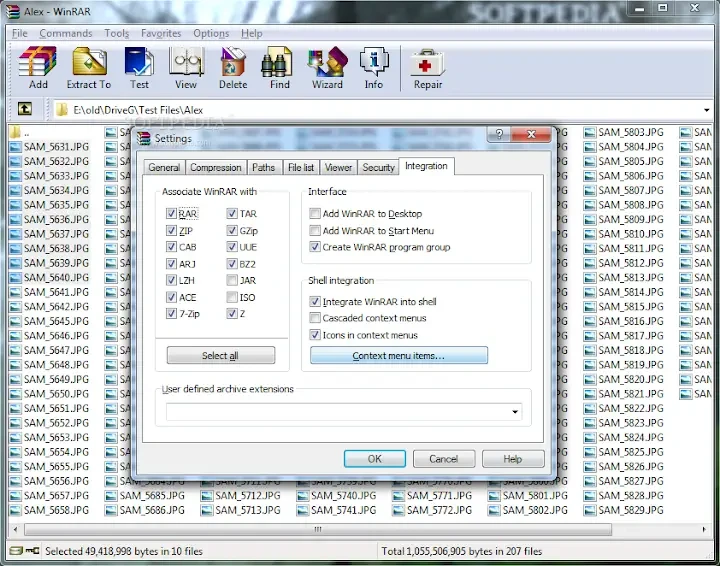Review Page
After installing WinRaR, I used it comprehensively to test its features. Firstly, I will say that it’s one of the most efficient archiving tools I've used in a while. Secondly, it’s easy to use. Not to mention, it also features advanced features, which are perfect for someone like me who prefers to customize my ability to compress or archive.
Amazing Compression Efficiency
When I started using WinRAR for compression, I noticed its superior compression ratio. Moreover, it was more noticeable when I was using its proprietary RAR format. It saved me time downloading and unpacking. Additionally, it drastically reduced the file size, which helped me save storage space.
Robust Encryption
When I use any applications, I always prioritize security, since it’s very easy to get hacked these days. Similarly, upon checking the security of WinRAR, I found a powerful encryption system. It uses AES-256-bit encryption, which always safeguards my data. Furthermore, I could also lock my compressed files with a password for an extra layer of security.

Efficient File Splitting
Thanks to WinRAR, sending large files over Email due to limited storage capability is a thing of the past. I discovered that WinRAR allows me to split archives into smaller parts. Hence, it allowed me to transfer large files to other cloud sources efficiently without worrying about storage limitations.

Fantastic Customizable Interface
As much as I have enjoyed WinRaR’s powerful features, I found a relatively user-friendly and sleek user interface. It’s perfect for beginners looking to compress a file quickly with just a few clicks. However, for advanced users like myself, there are even some options in the settings that I can tweak to improve performance.
Effortless Archive Repair
I had an issue where one of my archives got corrupted. However, WinRAR included an in-built repair tool. After using that, I was able to repair my corrupted archive quickly. Not to mention, all of my files in the archive were also intact. I think it’s a great feature, especially when you are downloading an archive from an unreliable source.



